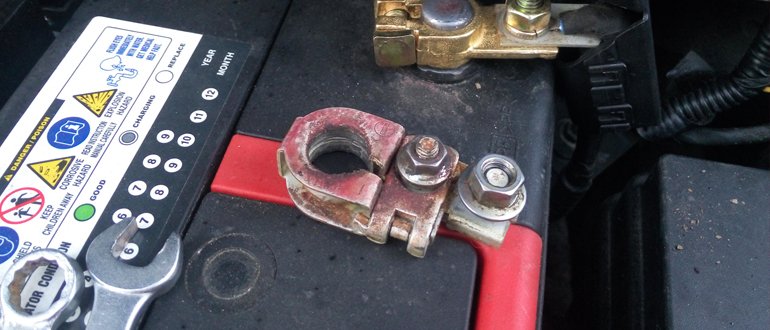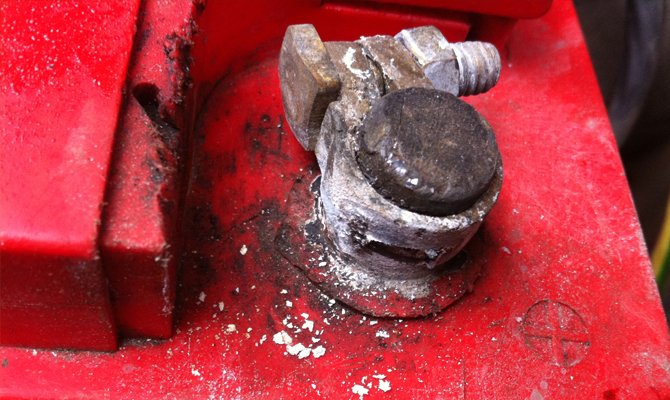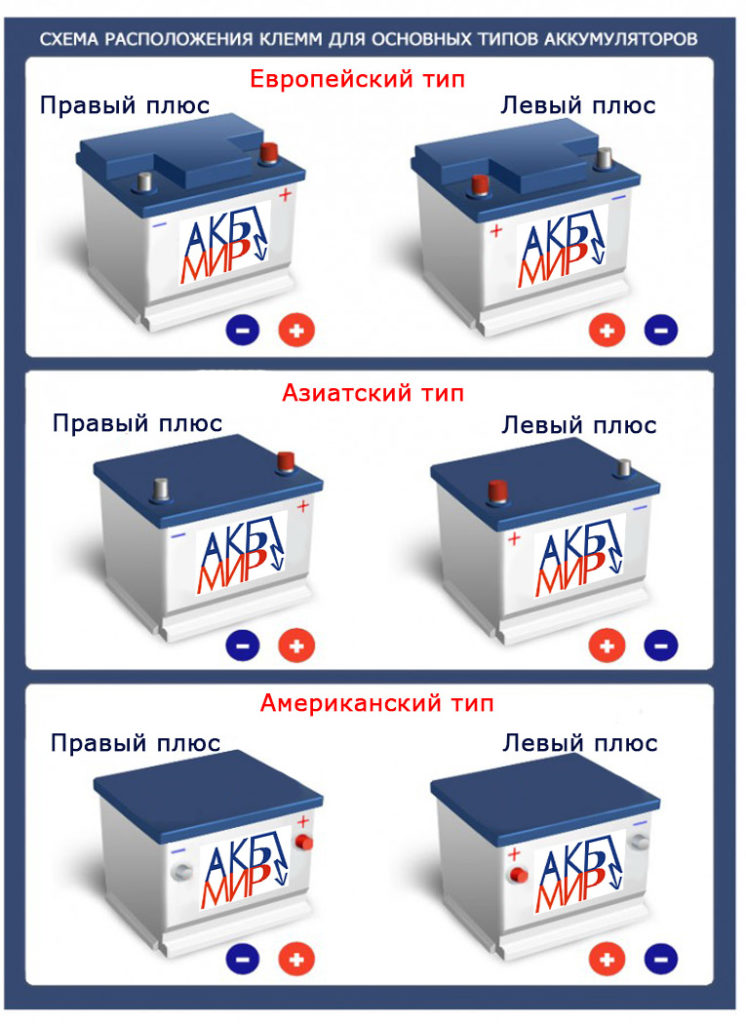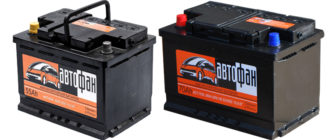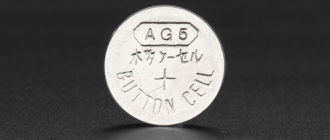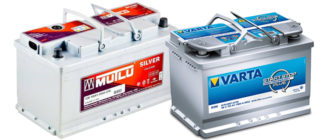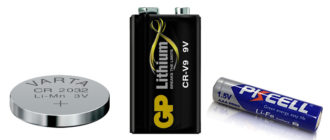The battery is an essential part in any type of car. To ensure high-quality operation of this product, it is necessary to carry out a high-quality connection of contact elements with battery terminals.
During operation of the machine, it is also required to monitor the quality of terminal fastening. If this is not done, then, over time, it may be necessary to replace the connecting contacts. How to install new terminals will be described in detail in this article.
Content
Reasons for terminal wear
Battery terminals can wear out for many reasons. Most often, masters are forced to change such elements, due to:
- Substandard metal.
- Inadequate contact.
- Incorrect installation.
- Strong oxidation.
- Reflow.
- Mechanical failure.
If the connecting element is made of low-quality material, then it may burst or collapse due to corrosion for a short time.
Insufficient contact between the battery terminals and the connected elements may be for this reason. The terminals can be confused, which will also cause insufficient contact between the connected elements.
In the latter case, it is possible to break the product when connecting a product of a smaller diameter to the positive terminal, and when connecting too large an element to the negative terminal, a large gap will be observed.
The oxidation of the material will also be carried out more intensively if there is not enough good contact between the joined surfaces.
What it can lead to
Worn battery terminals can cause a vehicle fire. Internal combustion engines run on fuel, which can ignite even from a small electronic discharge.
Worn parts can spark very much, so a small amount of spilled fuel, oil or gas leakage (in vehicles with gas-filled equipment) will be enough to cause a fire.
Less dangerous, but requiring a lot of time for troubleshooting, can also be caused by the inoperability of metal fittings.
For example, with insufficient contact between the terminals and the battery terminals, and with significant electrical load (powerful sound amplifiers, air conditioning, etc.), the generator will operate in extreme mode. Increased load on this part will lead to its failure.
The inability to start the engine at any time of the year is also one of the "symptoms" of the deterioration of the connected elements. At the same time, car owners often blame the battery for such a malfunction and even make attempts to replace the source of electricity.
The inability to start the engine, when necessary, can result in not only being late for work, but also cause serious accidents.
Definition of type and design of terminals
Errors in replacing terminals often occur due to an incorrect determination of the type of these parts. There are several options for connecting elements that can be installed in the electronic system of the car:
Standard (European). Equipped with cars made in Russia and the EU. The diameter of such products is as follows:
- Plus - 19.5 mm.
- Minus - 17.9 mm.
When installing new products, you should also consider the polarity, which can be direct or reverse.
Asian (ASIA). Almost all cars manufactured in Asian countries are equipped with smaller terminals compared to European products. The diameter of such elements is:
- Plus - 12.7 mm.
- Minus - 11.1 mm.
Asian batteries can also be produced with different polarity.
American They differ in design from Asian and European. Such products are washer-shaped connecting elements that are connected to the battery through a threaded connection. The diameter of the bolt for connecting American terminals is 12.7 mm.
Battery Replacement Procedure
Correctly replacing the terminal on the battery is not difficult at all, but only on condition that all of the points below are met.
- Disconnect the cells from the battery (negative terminal is removed first).
- After the parts are disconnected from the battery, they should be removed from the copper power cable. To perform this operation, loosen the mounting bolts.
- Then install the new terminals. This work can only be done if the negative terminal is connected to ground and the positive terminal is connected to the long copper wire that goes to the starter.
After the operation is completed, the terminals are connected to the battery and tighten the screw connections securely.
Safety Precautions
Before changing the terminals, make sure that the work will be carried out without compromising safety. The following points are completely unacceptable:
- Oil spill in the immediate vicinity of the work.
- The presence of metal objects on the battery case.
- Insufficient illumination at the place of work.
- Replacement of elements in a state of intoxication.
If you violate these rules, you can get very serious injuries, and the ignition of fuel vapors from an accidental spark can result in a serious fire.
Common terminal replacement problems
Malfunctions in the power supply of the vehicle's on-board system can occur immediately after replacing the terminals. For example, an attempt to install Asian products on European batteries may result in a breakdown of both the connected parts and the battery terminals.
Polarity reversal is also one of the most common problems. With such an installation, a gap is formed at the negative terminal of the battery, “due to which” the current to the case will either not come completely, or there will be a significant drop in power in the on-board system of the car when connecting powerful consumers of electricity.
Bad contact of the terminals with the terminals can be with insufficiently tightened fastening bolts. This error is most often observed when the ignition switch is turned into engine start mode. At this point, the starter may completely stop working.
By following the connection rules listed above, breakdowns can easily be avoided. If quality products were purchased, then after replacement they will last much longer than the battery installed in the car.
Have questions or have something to add? Then write to us about it in the comments, this will make the material more complete and accurate.

